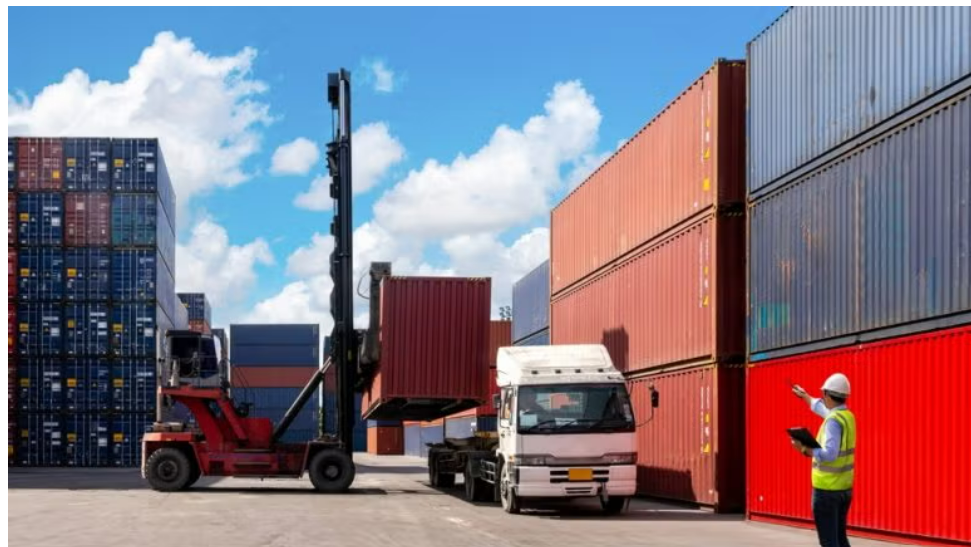Fashion’s tariff wake-up call: why digital tools are key to resilience

FASHION’S TARIFF WAKE-UP CALL: WHY DIGITAL TOOLS ARE KEY TO RESILIENCE
Far too many fashion businesses still lack the operational agility to cope with trade uncertainty. The industry needs a reset — and that starts with digitisation, writes Coats Digital's managing director Kunal Kapur.
The global fashion industry is now entrenched in a relentless cycle of trade uncertainty — and this time, no one can claim they didn’t see it coming.
With the US importing more than 80% of its clothing and footwear, the shockwaves from new tariffs are already being felt across sourcing hubs. From Hanoi to Dhaka, and Shenzhen to Guatemala City, manufacturers are scrambling to riueroute orders, reduce overheads, and make sense of what’s quickly becoming a logistical minefield.
And yet, this crisis is only partially about trade policy. Beneath the surface, the real problem is that far too many fashion businesses still lack the operational agility to cope. In a sector that thrives on speed, creativity, and trend-chasing, it’s astonishing how many supply chains still rely on outdated, disconnected systems. Spreadsheets and siloed comms aren’t going to cut it anymore — not when brands are demanding earlier shipments, faster reactivity, and more strategic cost reductions from their vendors.
The industry needs a reset — and that starts with digitisation.
The calm before the next storm
The Trump administration’s 90-day pause on reciprocal tariffs may offer a brief reprieve — but make no mistake: the need for continual negotiation and strategic realignment is here to stay. Global competition is only intensifying, and the fashion industry is already in triage mode, scrambling to limit the damage. Holiday 2025 orders, for example, have been released unusually early, with many brands pushing for production to be fast-tracked ahead of any new cost hikes. This is not business as usual. It’s a calculated race against political volatility.
Vendors, meanwhile, are being asked to do the impossible: produce more, faster, cheaper — while absorbing rising material costs and navigating shifting country-of-origin preferences. Many are attempting to diversify away from China, but without solid infrastructure, that’s easier said than done.
The result? Chaos.
And that chaos is exposing one brutal truth: if you can’t plan fast, cost accurately, and adapt with clarity, you’re going to lose — margin, market share, and momentum.
Digital agility is fashion’s new competitive advantage in a world of tariffs
This is not about reacting faster. It’s about responding smarter.
Digital planning and costing tools have evolved far beyond simple forecasting functions. Today, the most effective solutions offer predictive modelling, real-time data visualisation, and intelligent simulations to test ‘what-if’ sourcing scenarios — before decisions are made. When a tariff suddenly spikes or a supplier faces shutdown, businesses that are digitally equipped can reroute production, rebalance cost breakdowns, and negotiate better — all within hours, not weeks.
Technology gives fashion companies the power to analyse thousands of variables simultaneously — from lead times and wage benchmarks to transport duties and geopolitical risk — to deliver confident, margin-sensitive decisions. And in an era where even the most stable partnerships are under strain, that level of insight is no longer a luxury. It’s a requirement.
From sourcing shuffle to strategic shift
Since the pandemic, supply chain diversification has been trending — but today, it’s a survival tactic. The pressure is now on vendors to rapidly scale up capacity in alternative markets, shift sourcing locations on demand, and execute faster than ever.
But without robust digital infrastructure, these efforts quickly unravel. You can’t move production lines, renegotiate wage structures, or consolidate shipping strategies using guesswork. You need a centralised, intelligent system that standardises the process, models the financial implications, and ensures every move made is defensible and cost-effective.
Crucially, this isn’t just a problem for sourcing teams or manufacturers. Merchandising, planning, and finance functions all rely on accurate, real-time costing and capacity data to make decisions — and in a tariff-driven world, a 1% error could be the difference between a profitable product and a total write-off.
No time to waste: the case for urgency
Let’s be clear: fashion’s cost pressures are only going one way. Between rising wages, growing compliance costs, and now a resurgent wave of protectionist trade policies, the old margin levers — like squeezing suppliers or pushing for impossible turnaround times — are broken.
Instead, future-fit businesses are investing in the systems that provide speed with structure. They’re leveraging real-time data, standardising methods, and building more transparent, collaborative relationships with their supply partners.
Digitisation is not about abandoning creativity or intuition — it’s about strengthening it with fact-based clarity. The ability to scenario-plan instantly, react without panic, and optimise without compromising ethics is the difference between weathering the storm or being swept away.
Don’t wait for the next crisis to get smart
This is fashion’s wake-up call. Tariffs may be the headline, but the bigger story is this: resilience now relies on intelligence. The brands and manufacturers who embrace digital transformation today will be the ones setting the pace tomorrow.
Because the real cost of doing nothing? That’s the one your business can’t afford.
By Just Style
